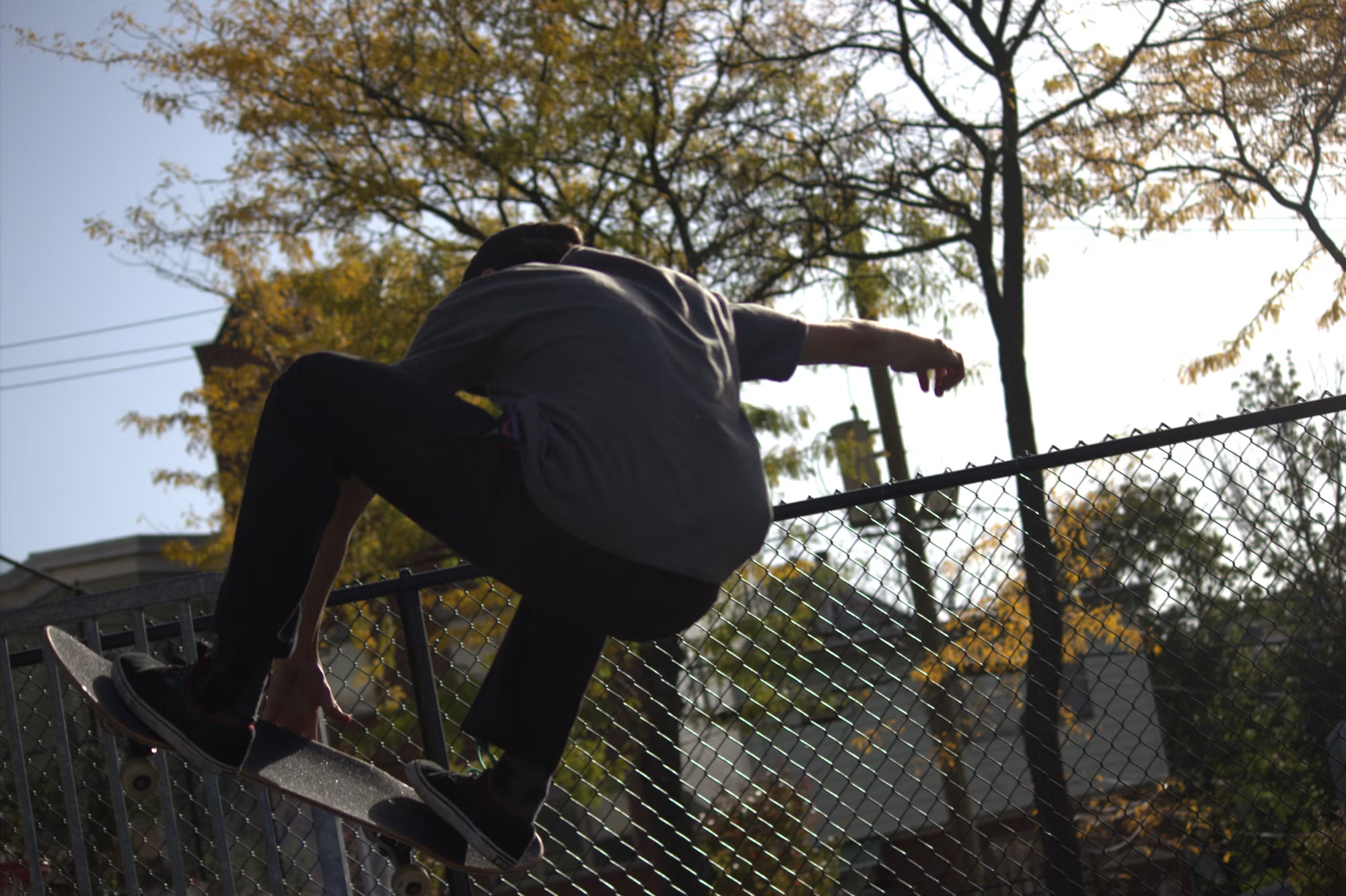Vert skateboarding, characterized by its high-flying tricks and dynamic movements, is a discipline that captures the thrill and creativity of the skateboarding world. Originating from the desire to mimic surfing and snowboarding on solid ground, vert skating has evolved into a highly respected and exhilarating sport. This article delves into the intricacies of vert skateboarding, examining its techniques, culture, and the passion it inspires among riders.
At the heart of vert skateboarding is the halfpipe, a U-shaped ramp that allows skaters to gain momentum and perform aerial tricks. The design of the halfpipe is crucial, as its height and transition angles impact how skaters ride and execute their maneuvers. Riders typically gain speed by pumping their legs as they descend and ascend the walls, which enables them to launch into the air and perform tricks such as grabs, spins, and flips.
One of the defining aspects of vert skateboarding is the emphasis on aerial maneuvers. Tricks like the McTwist, 900, and frontside or backside airs require not only skill but also courage and creativity. Riders must develop a strong sense of balance and timing, as the transition from the ramp to the air can be intimidating. Mastering these tricks often takes years of practice, as skaters refine their techniques and push the boundaries of what is possible in the air.
The culture surrounding vert skateboarding is vibrant and inclusive. While it may be seen as extreme, the community is known for its supportive atmosphere, where riders of all skill levels come together to share their passion. Skateparks often serve as social hubs, where skaters exchange tips, watch each other’s sessions, and celebrate successes, big or small. This camaraderie fosters an environment that encourages newcomers to step onto the ramp and learn from more experienced riders.
For beginners interested in diving into vert skateboarding, here are some essential tips to get started:
1. Find the Right Skatepark: Look for a skatepark that features a halfpipe suitable for beginners. Many parks offer smaller, less intimidating ramps that allow new riders to practice safely.
2. Safety Gear is Essential: Invest in a good-quality helmet, knee pads, elbow pads, and wrist guards. Protecting yourself is crucial, especially when learning to navigate the vert ramp.
3. Learn the Basics: Before attempting to ride the halfpipe, practice basic skateboarding skills on flat ground. Familiarize yourself with pushing, turning, and stopping, as these skills are foundational for riding the ramp.
4. Start Small: Begin by riding the flat bottom of the halfpipe. Once you feel comfortable, try to pump up the transition and gain speed before moving to the walls.
5. Practice Falling: Falling is part of the learning process. Understanding how to fall safely can help prevent injuries. Practice rolling when you fall to distribute the impact.
6. Watch and Learn: Observe experienced skaters to pick up techniques and tips. Many riders are happy to share their knowledge, and learning from others can accelerate your progress.
Vert skateboarding is not just about the tricks; it’s also about the thrill of riding. The feeling of soaring through the air, defying gravity for just a moment, is exhilarating and addictive. Many riders describe the rush of vert skating as a unique blend of adrenaline and freedom, where worries fade away with every drop and ascent. This experience often fosters a deep appreciation for the sport and a desire to continuously improve.
As vert skateboarding gains recognition, it has also found its way into mainstream culture. Events like the X Games and various skateboarding competitions showcase the talents of elite vert riders, bringing the sport into the spotlight. The high-energy performances inspire younger generations to take up vert skating, ensuring the discipline’s longevity. Moreover, the inclusion of skateboarding in the Olympics has added a layer of legitimacy to the sport, allowing it to reach new audiences and potential athletes.
The influence of vert skateboarding extends beyond just riding; it permeates art, fashion, and music. Skateboard graphics often feature bold designs inspired by the vibrant culture of skating, with brands collaborating with artists to create visually stunning decks. Similarly, music plays an integral role in the skateboarding experience, with many skaters curating playlists that energize their sessions. From punk rock to hip-hop, the beats that accompany skating reflect the diverse tastes of the community and enhance the overall experience.
Vert skating also encourages creativity, as riders are constantly looking for new tricks and unique styles. The art of blending traditional skate techniques with individual flair makes every rider’s approach distinct. This self-expression allows skaters to showcase their personality and skills, fostering an atmosphere of innovation within the community.
As the sport continues to evolve, vert skateboarding remains a captivating blend of athleticism and artistry. The passion for pushing the limits of what is possible, combined with a strong sense of community, ensures that vert skating will thrive for years to come. Riders continue to inspire each other, celebrating both the journey and the destination as they navigate the ramps of life.
In conclusion, vert skateboarding offers an exhilarating and artistic outlet for those willing to embrace the challenge. From the adrenaline rush of launching off a ramp to the supportive culture that surrounds the sport, vert skating captures the essence of freedom and creativity. Whether you’re a seasoned rider or a curious beginner, the world of vert skateboarding invites you to experience the thrill of soaring through the air, carving your own path in a community that celebrates individuality and passion.
